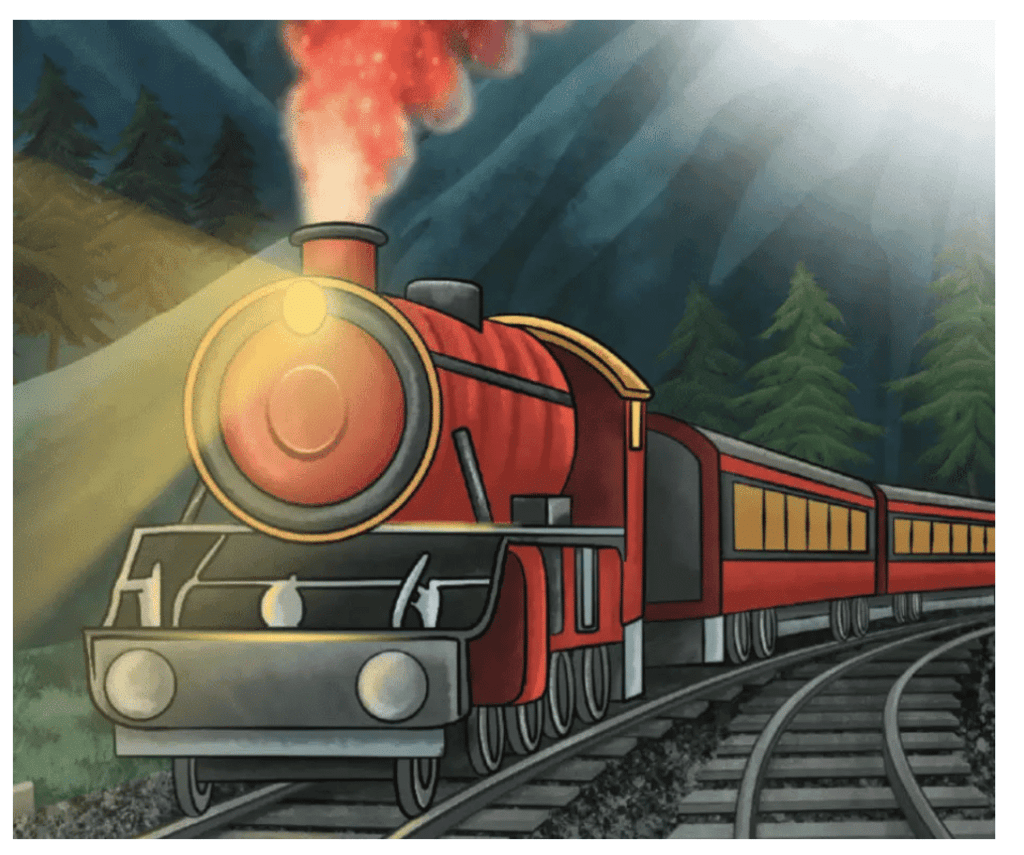Class 7 English Unit 4 Very Short Questions - Travel
Q1: Who wrote the poem about loving trains?
Ans: Edna St. Vincent Millay.
Q2: How far are the railroad tracks from the speaker?
Ans: Miles away.
Q3: What does the speaker hear during the noisy day?
Ans: A train’s whistle shrieking.
Q4: What makes the day loud in the first stanza?
Ans: Voices of people speaking.
Q5: What time of day is described in the second stanza?
Ans: Night, meant for sleep and dreaming.
Q6: What does the speaker imagine seeing in the night sky?
Ans: Red cinders from a train’s engine.

Q7: What sound does the speaker hear at night?
Ans: The train’s engine steaming.
Q8: How does the speaker feel about their friends?
Ans: Their heart is warm with affection.
Q9: What does the speaker say about their friends’ quality?
Ans: They couldn’t find better friends.
Q10: What would the speaker do with any train?
Ans: Take it, no matter where it’s going.
Q11: What does the phrase “no matter where it’s going” show?
Ans: The speaker’s adventurous spirit.
Q12: What does the speaker balance in the third stanza?
Ans: Love for friends and a desire for travel.
Q13: What is one moral of the poem?
Ans: Adventure can coexist with strong friendships.
Q14: What does the poem encourage us to embrace?
Ans: Curiosity and new experiences.
Q15: What does the speaker’s love for trains represent?
Ans: A passion for exploration and a fuller life.
|
55 videos|465 docs|76 tests
|
FAQs on Class 7 English Unit 4 Very Short Questions - Travel
| 1. What are the benefits of traveling for students? |  |
| 2. How can students prepare for a school trip? |  |
| 3. What should students do if they feel homesick while traveling? |  |
| 4. How can parents ensure their child's safety during travel? |  |
| 5. Why is it important to learn about the destination before traveling? |  |
















